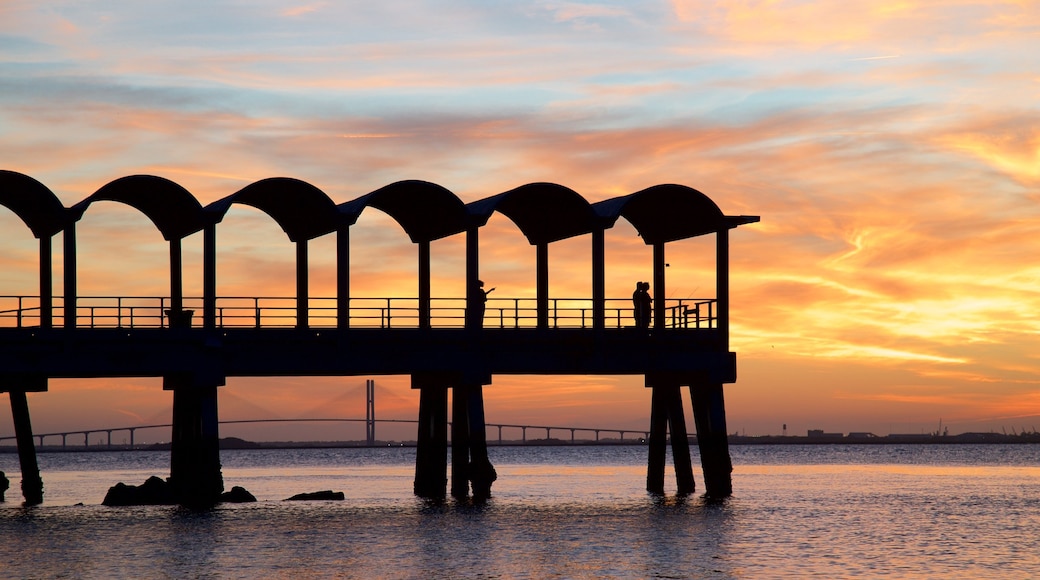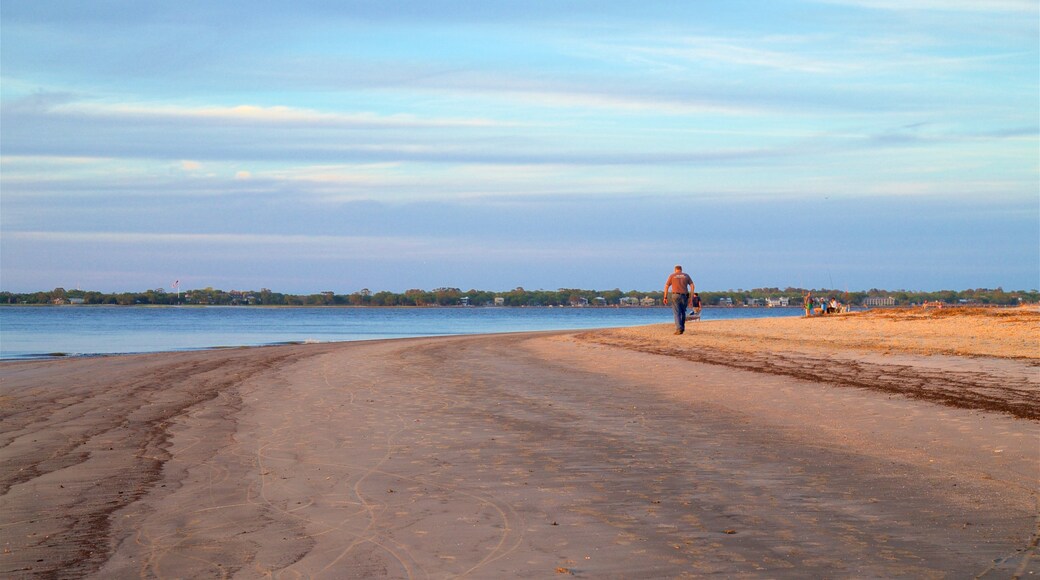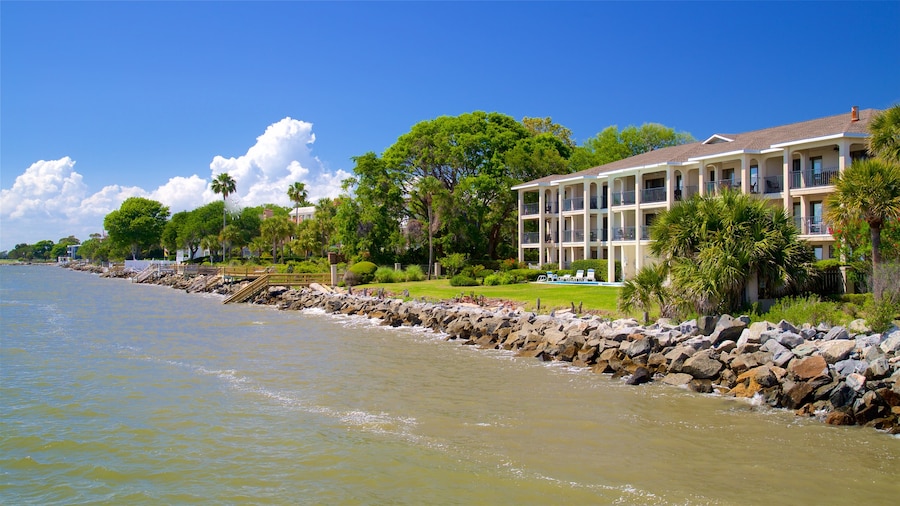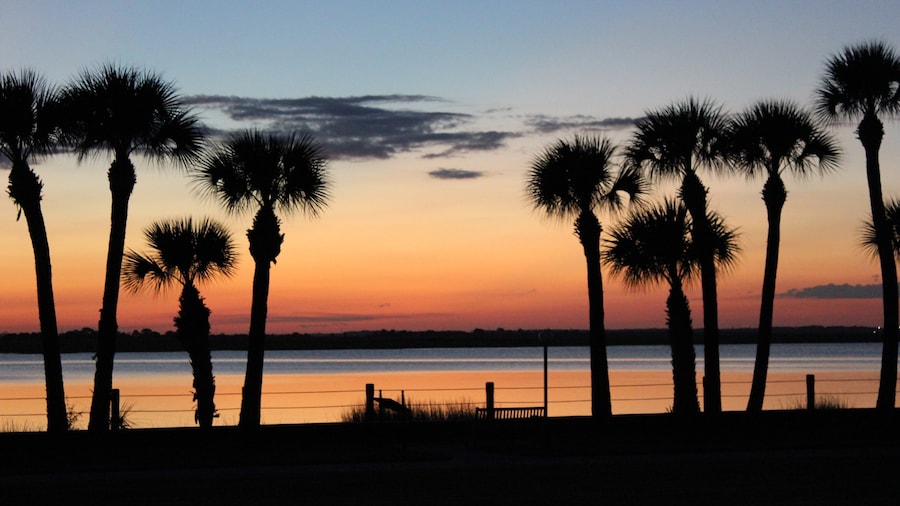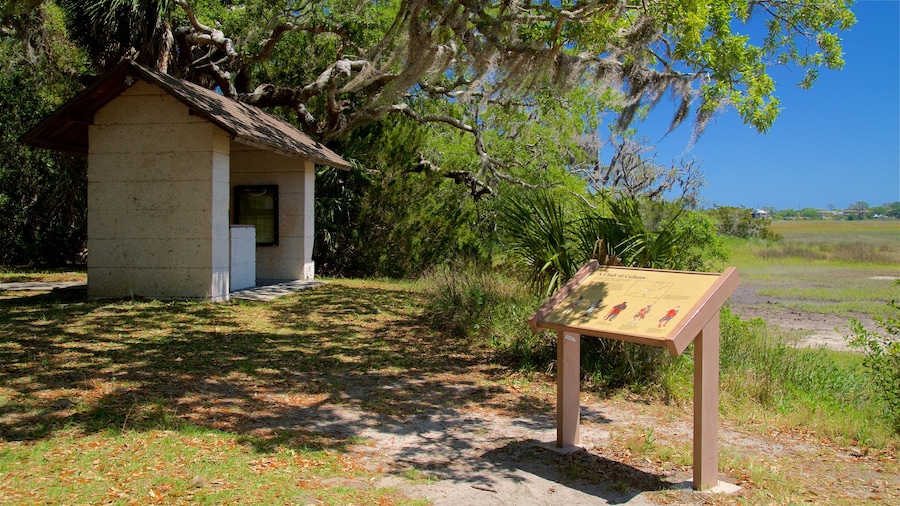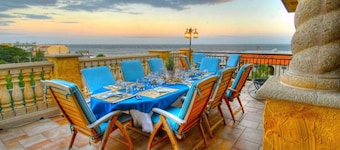Experience the otherworldly landscapes of this sandy beach and wander between the skeletons of gnarled trees and sun-bleached branches.
Driftwood Beach wraps around the northeastern tip of Jekyll Island, Georgia’s tiniest barrier island. The sandy beach has shifted and eroded over the years, forming an ethereal coastal landscape unlike anywhere else. Stroll around a graveyard of twisted oak and pine trees and take photographs of one of Jekyll Island’s most captivating spots.
Make your way onto the sandy stretch of beach and begin exploring the ocean-sculpted landscape. The northern end of Jekyll Island is impacted by strong currents, which erode and shift the sand banks and push sediment to the island’s southern end. A former forest of oak and pine trees became a sandy beach as the channel scoured farther into the coastline. Imagine how the forest would have appeared before the soil was swept away. Eventually these trees died and decayed, transforming into the sculptural driftwood monuments you see today.
Wander between the trees and take photographs of the otherworldly formations. The windswept coastal scenery has made Driftwood Beach a popular spot for wedding photographers. If the weather is pleasant, bring a picnic to enjoy on the beach or at the Clam Creek Picnic Area nearby. Kids will enjoy climbing on the gnarled old trees and exploring the driftwood forests. Go swimming at the beach but take care to check for submerged driftwood. Study the horizon and you might see dolphins playing in the channel.
Pitch your tent at the nearby Jekyll Island Campground or book a night at the neighboring resort to experience having this magnificent landscape on your doorstep.
Driftwood Beach stretches between the Clam Creek Picnic Area and the resort. From Clam Creek, you can reach the beach via a paved path and bridge. The beach is a short walk east from the fishing pier on Jekyll Island’s northern tip. Park at one of the designated parking areas located alongside the beach access trails. Driftwood Beach is free to visit any time of the day. Arrive early in the morning or late in the evening to avoid crowds at this beach.
